How Do I Make My Videos Culturally Relevant in Other Languages

BeMultilingual

Expanding your video's reach to international audiences requires more than just translating the script; it demands a deep understanding of cultural nuances to ensure the content resonates authentically. This process, known as localization, involves adapting your video's language, visuals, and context to align with the cultural expectations of your target audience. Partnering with a professional service like BeMultilingual can facilitate this process, ensuring your content is both linguistically accurate and culturally appropriate.
In this comprehensive guide, we'll explore effective strategies for making your videos culturally relevant in other languages, including:
Understanding the importance of cultural adaptation
Best practices for video localization
Techniques for adapting visual and audio elements
Utilizing professional dubbing services
Leveraging subtitles and captions effectively
Ensuring quality assurance in localized content
Measuring the impact of your localized videos
By the end of this article, you'll have a clear understanding of how to adapt your video content for diverse audiences, enhancing engagement and fostering a deeper connection with viewers worldwide.
Understanding the Importance of Cultural Adaptation
Cultural adaptation goes beyond mere translation; it involves modifying content to reflect the cultural norms, values, and expectations of the target audience. This ensures that your message is not only understood but also resonates on a deeper level with viewers. Neglecting cultural adaptation can lead to misunderstandings, offense, or disengagement from your audience.
Key Considerations for Cultural Adaptation:
Language Nuances: Idioms, slang, and expressions often don't translate directly. It's crucial to convey the intended meaning in a way that's natural for the target language.
Visual Elements: Symbols, colors, and imagery can have different connotations across cultures. For instance, while white signifies purity in some cultures, it represents mourning in others.
Social Norms and Values: Understanding what is considered appropriate or taboo in a culture helps in crafting content that aligns with local sensibilities.
Humor and References: Jokes or cultural references may not be understood universally. Adapting or replacing them with locally relevant content can enhance relatability.
By prioritizing cultural adaptation, you demonstrate respect for your audience's heritage and increase the likelihood of your content being well-received.
Best Practices for Video Localization
Effective video localization involves a series of strategic steps to ensure your content aligns with the linguistic and cultural expectations of your target audience.
1. Conduct Thorough Market Research
Before localizing your content, gain a deep understanding of the target market:
Demographics: Age, gender, education level, and other factors that influence content preferences.
Cultural Preferences: Popular media, humor styles, and storytelling traditions.
Regulatory Environment: Any legal considerations, such as censorship laws or advertising regulations.
This research informs the localization process, ensuring your content is both appropriate and appealing.
2. Collaborate with Local Experts
Engaging professionals who are native to the target region can provide invaluable insights:
Linguists and Translators: Ensure accurate and contextually appropriate translations.
Cultural Consultants: Advise on local customs, traditions, and sensitivities.
Marketing Specialists: Assist in tailoring your message to the local market effectively.
Partnering with BeMultilingual connects you with a team of experts skilled in navigating these complexities.
3. Customize Content for Each Locale
Avoid a one-size-fits-all approach by tailoring your content to each specific audience:
Language Variations: Address regional dialects and language preferences.
Cultural References: Incorporate local events, figures, or traditions to enhance relevance.
Visual and Audio Elements: Adapt imagery, music, and design to align with local tastes.
This level of customization fosters a stronger connection with viewers.
4. Maintain Brand Consistency
While adapting content, ensure that your core brand message and values remain consistent:
Visual Identity: Logos, color schemes, and design elements should align with your global brand.
Tone and Voice: Maintain a consistent style of communication that reflects your brand personality.
Quality Standards: Ensure all localized content meets the same quality benchmarks as the original.
Consistency reinforces brand recognition and trust across different markets.
Techniques for Adapting Visual and Audio Elements
Beyond language, the visual and auditory components of your video play a significant role in cultural relevance.
Visual Adaptations:
Imagery: Replace or modify images that may not be culturally appropriate or relatable.
Colors: Adjust color schemes to align with local associations and avoid unintended symbolism.
Text Onscreen: Translate and adjust the layout to accommodate text expansion or contraction in different languages.
Audio Adaptations:
Music and Sound Effects: Select audio elements that resonate with local musical tastes and cultural norms.
Voiceovers: Use native speakers with accents and intonations familiar to the target audience.
Dubbing: Replace original dialogue with translated speech that matches the lip movements and expressions of the speakers.
These adaptations enhance the viewer's immersive experience, making the content feel native to their culture.
Utilizing Professional Dubbing Services
Dubbing involves replacing the original spoken dialogue with a translated version that matches the tone and context of the content. High-quality dubbing is essential for maintaining the integrity of the original performance while ensuring clarity and emotional impact in the target language.
Benefits of Professional Dubbing:
Increased Engagement: Audiences prefer content in their native language, improving retention and comprehension.
Enhanced Authenticity: Professional voice actors can convey emotions and nuances accurately.
Seamless Viewing Experience: Well-executed dubbing ensures that dialogue feels natural and synchronized with on-screen action.
BeMultilingual specializes in professional dubbing services that enhance the global appeal of your video content.
Conclusion
Ensuring that your videos are culturally relevant in other languages is a multifaceted process that requires careful planning, linguistic accuracy, and cultural sensitivity. By implementing strategic localization techniques, adapting visual and audio elements, and utilizing professional dubbing services, you can create content that resonates with diverse audiences worldwide.
Working with a trusted localization partner like BeMultilingual ensures that your videos maintain their impact, authenticity, and engagement across multiple markets. If you're ready to take your video content global, contact us today and let us help you make your content truly multilingual and culturally relevant.
Read More
YouTube Auto Dubbing: 2025 Review & More
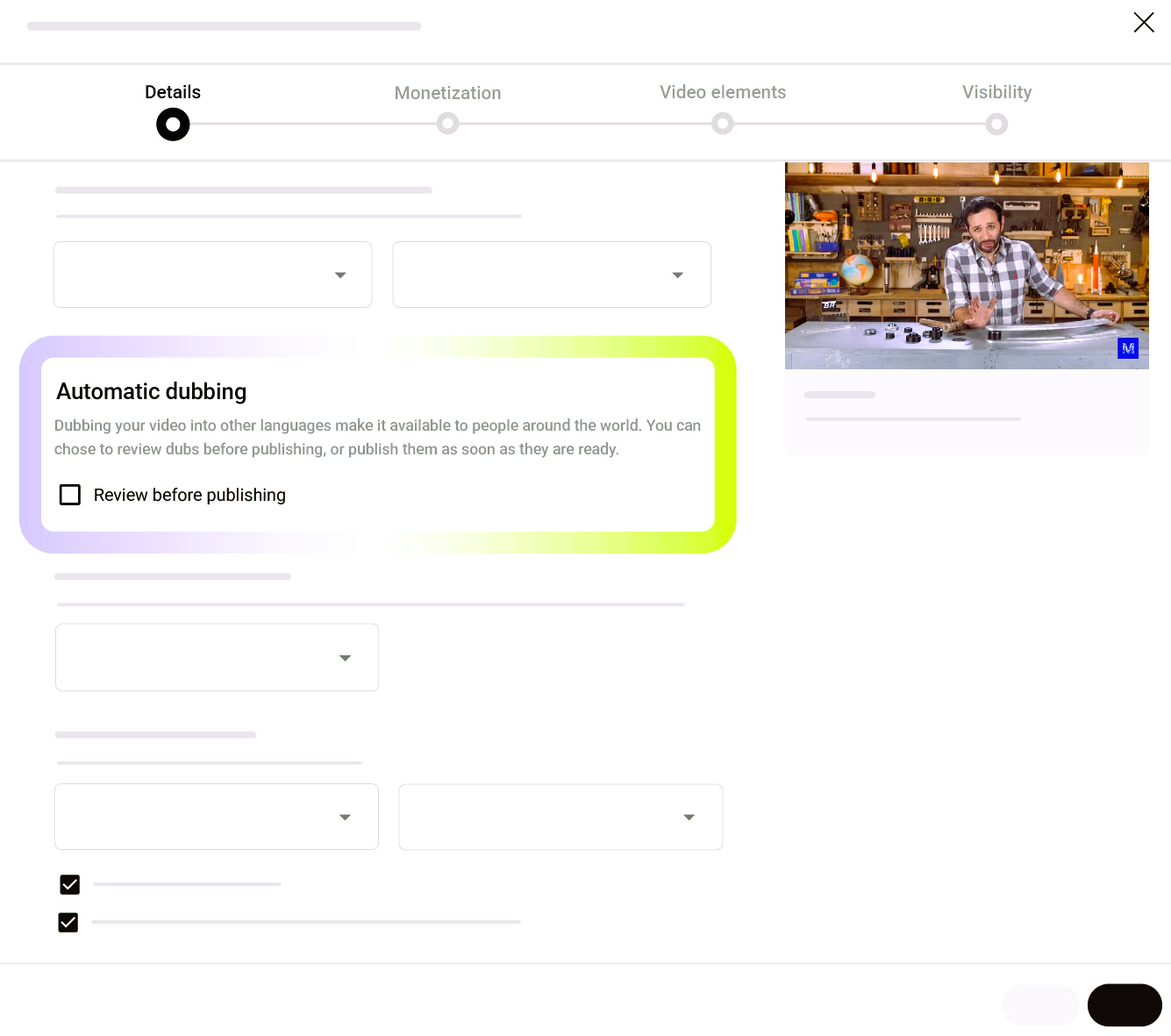
BeMultilingual Dubs Viral Animated Series Pilot Episode for Glitch Productions
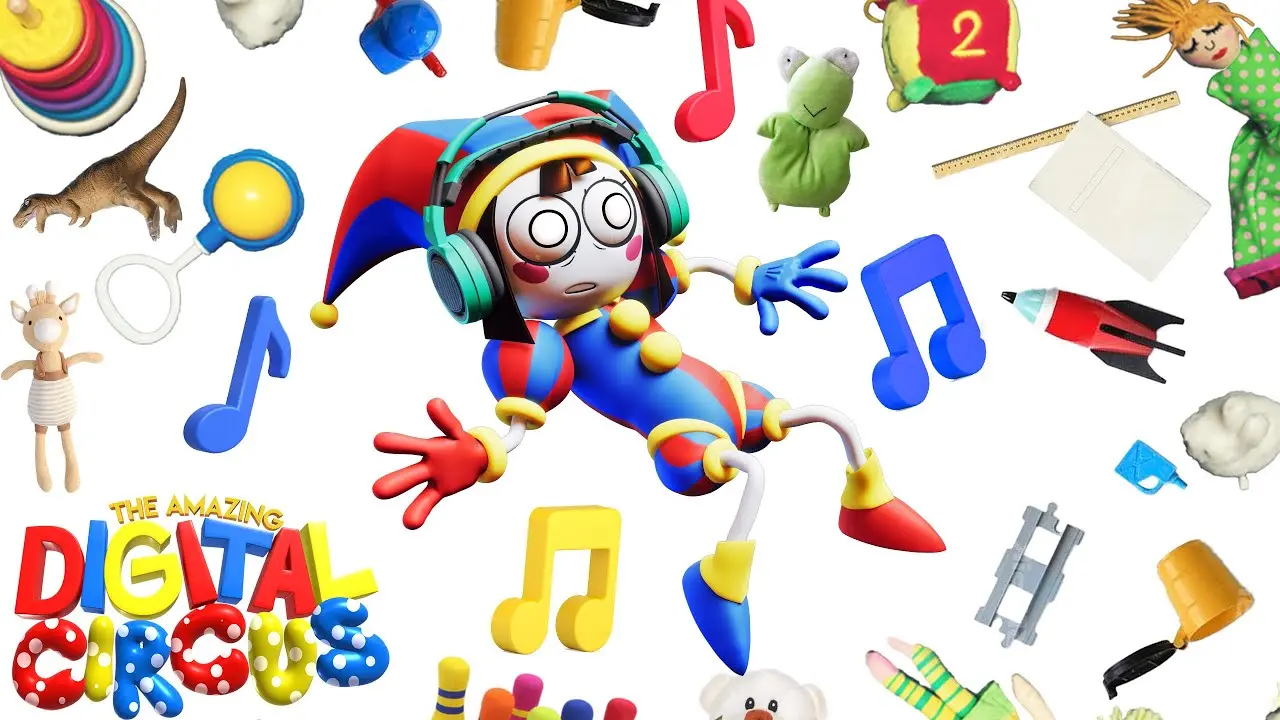
How Mr. Beast Consistently Gets 100M Views

How To Dub YouTube Videos
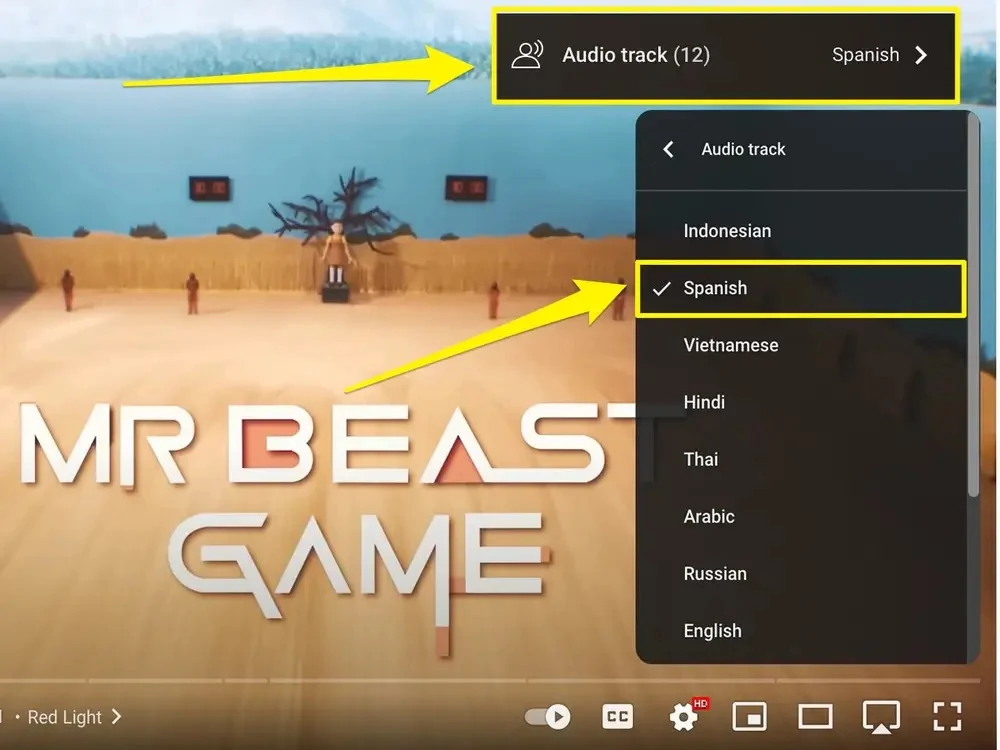
How To Access & Use YouTube's Multi-Language Audio Feature
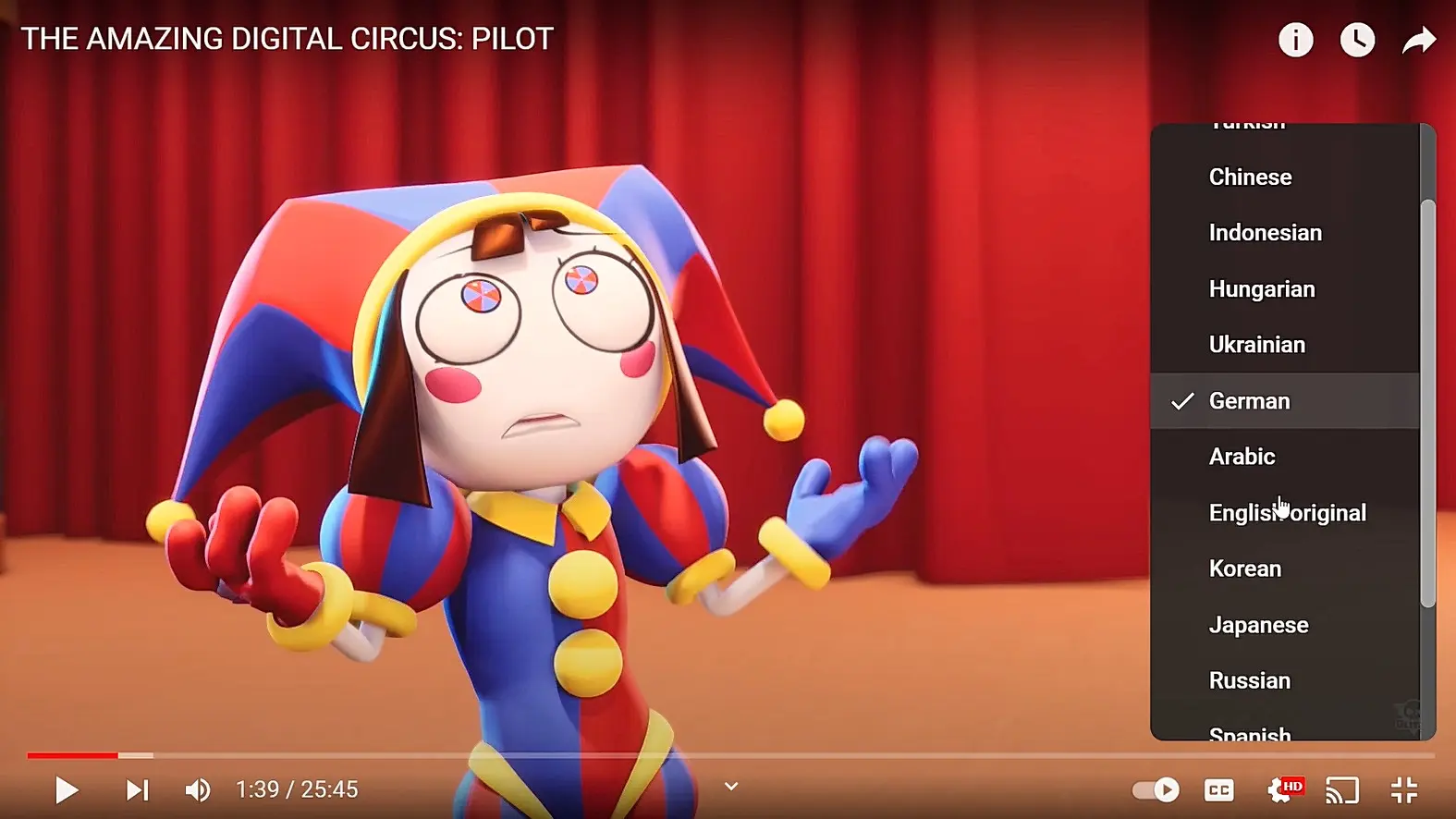
7 Best Dubbing Companies & Dubbing Services Worldwide

YouTube Multi-Language Audio: What It Is & How to Use It

What Are The Most Popular Languages on YouTube?
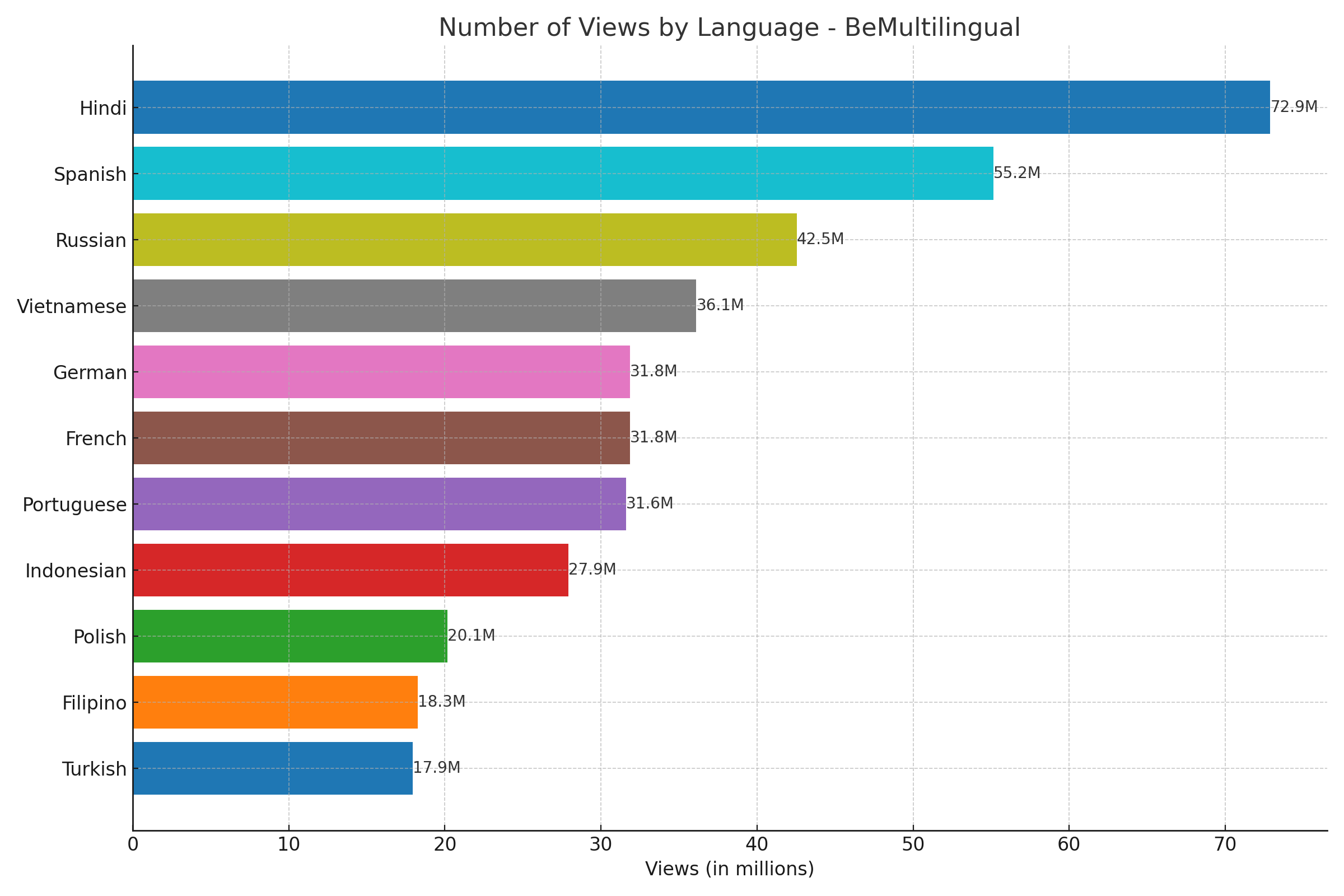
Dubbing YouTube Channel: Full Guide To Dub YouTube Videos
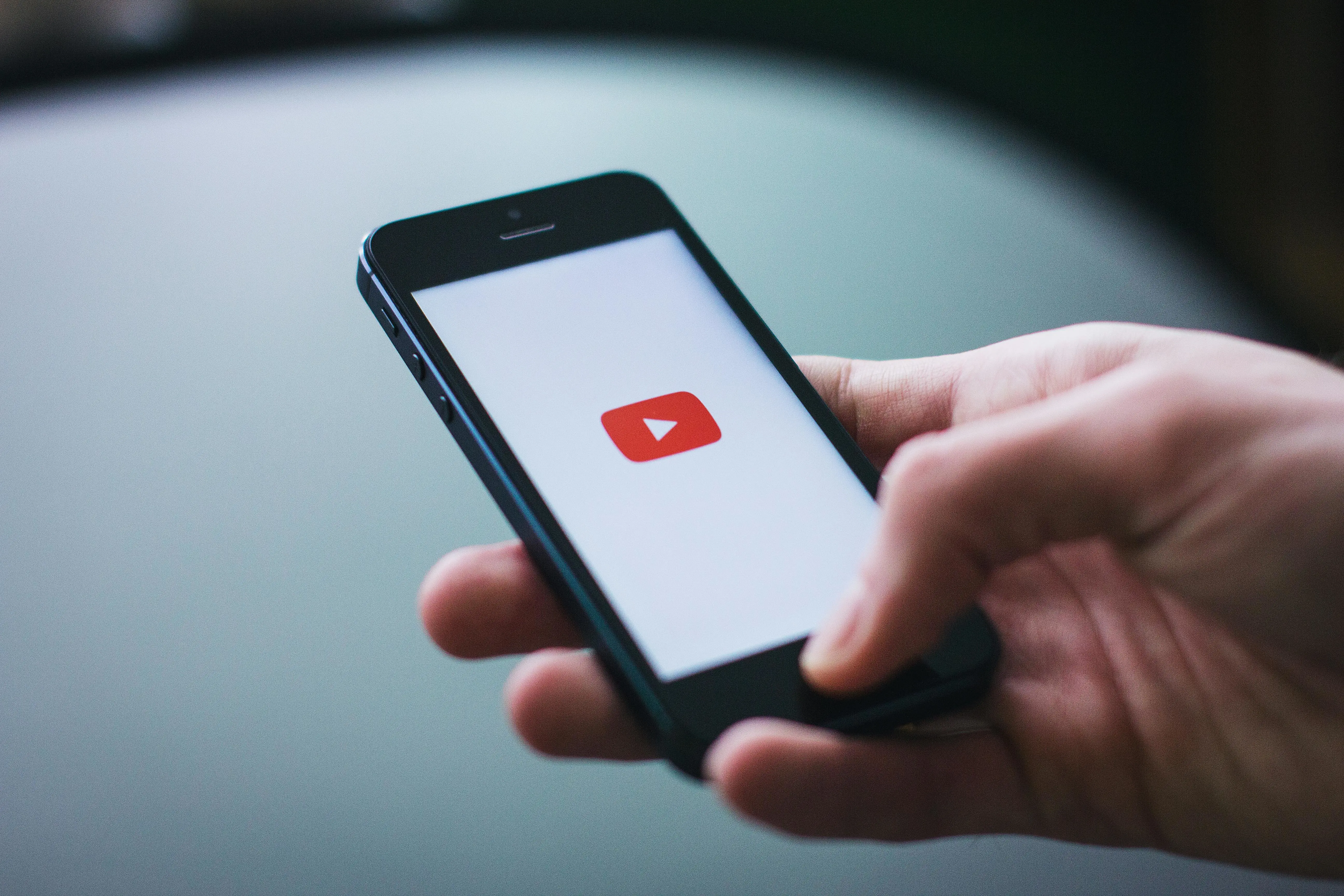
Going From 0 to 10 Million Views per Month

How MrBeast Used Dubbed Audio Tracks To Skyrocket Views

Why Video Dubbing is Becoming the New YouTube Meta

MrBeast Dubbing: Revolutionizing Global Content Reach

Dubbing Companies: Elevate Your Content for Global Audiences

Iyuno Dubbing: Elevating Global Content Through Professional Localization

Dub Over

VSI Dubbing: Professional Multilingual Localization for Global Audiences

ElevenLabs Dubbing

Zoo Dubbing: Elevating Global Content Through Professional Localization

What Is Dubbing In Videos: A Comprehensive Guide for Content Creators

How Does Video Dubbing Work

Why Is Dubbing Important For YouTube Videos

Is Dubbing Better Than Using Subtitles

Subtitling Service: Enhancing Global Reach and Accessibility

How Much Does It Cost To Dub A Video

What Factors Affect the Cost of Video Dubbing

Is Dubbing Worth the Investment for My YouTube Channel?

Can Dubbing Help Grow My YouTube Audience

How Does Dubbing Videos Increase International Views

What Languages Should I Dub My Videos Into

Which Countries Have the Largest Audiences for Dubbed Content

Voice Over Service: Elevate Your Content with Professional Dubbing

Localization Service

How Do I Dub My YouTube Videos Into Another Language

What Tools or Software Are Used for Video Dubbing

How Do I Find Voice Actors For Video Dubbing

Translate English To Urdu Audio

Translate English To Ukrainian Audio

How Long Does It Take to Dub a Video

Translate English To Turkish Audio

Translate English To Thai Audio
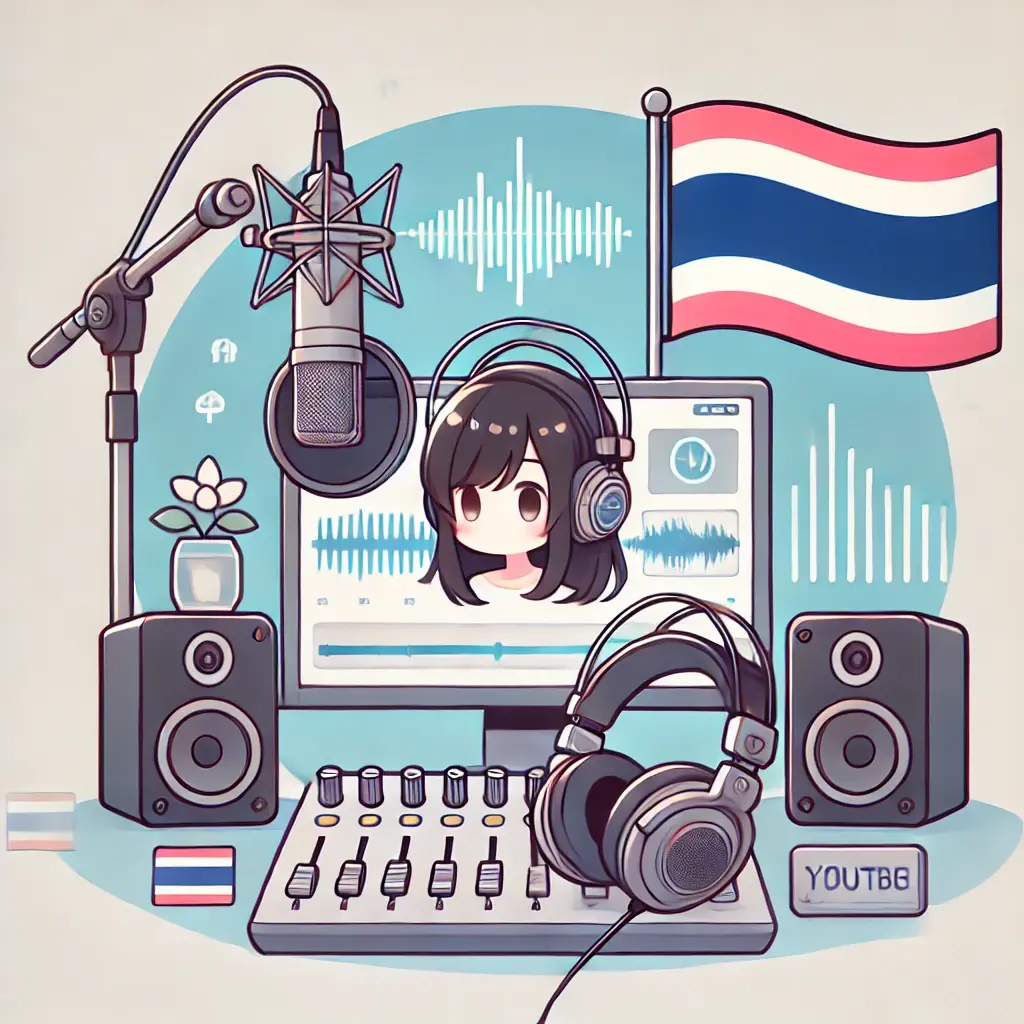
Translate English To Spanish Audio

Translate English To Russian Audio

What Makes A Good Dubbing Service

Translate English To Portuguese Audio

Translate English To Polish Audio

How Do I Choose A Dubbing Company For My YouTube Channel

Can Dubbing Affect the Quality of My Video Content?

Does Dubbing Help With YouTube SEO?

Translate English To Korean Audio

Translate English To Japanese Audio

How Does Dubbing Videos Impact My YouTube Rankings

Translate English To Italian Audio

Can Dubbed Videos Attract International Advertisers or Sponsors?

Translate English To Indonesian Audio

What Should I Consider When Translating Jokes or Idioms in Dubbing

Translate English To Hungarian Audio

Can Dubbing Change the Tone or Intent of My Content

Translate English To Hindi Audio

Is It Legal To Dub Someone Else's YouTube Videos

Translate English To German Audio

Do I Own the Rights to My Dubbed Content?

Translate English To French Audio

Translate English To Filipino Audio

How Do I Ensure Accurate Copyright Attribution in Dubbed Videos

How Can I Start Dubbing My YouTube Channel

Can I Dub Old Videos On My YouTube Channel

What's the Best Way to Test If Dubbing Will Work for My Audience?

Which Languages Are Easiest To Dub Into

What Are The Most Popular Languages For Dubbing YouTube Videos

Can I Dub My Videos Into Multiple Languages At Once

Where Can I Find Professional Video Dubbing Services

What Are The Best Companies For Dubbing YouTube Videos

Are There Affordable Dubbing Services for Small Creators?

Dubbing Companies In USA

Dubbing Companies In Mexico

Dubbing Companies In China

Dubbing Companies in Netherlands

Dubbing Companies In Philippines

Dubbing Companies In France

Dubbing Companies in Germany

Dubbing Companies In India

Dubbing Companies In Hungary

Dubbing Companies In Indonesia

Dubbing Companies In Italy

Dubbing Companies In Japan

Dubbing Companies In South Korea

Dubbing Companies In Poland

Dubbing Companies In Brazil

Dubbing Companies in Russia

Dubbing Companies in Spain

Dubbing Companies In Thailand

Dubbing Companies In Turkey

Dubbing Companies In Ukraine

Dubbing Companies In Pakistan

Dubbing Companies In Vietnam

Dubbing Companies In Canada

How To Translate Language On YouTube

Double Audio YouTube Video

 BeMultilingualContact →
BeMultilingualContact →